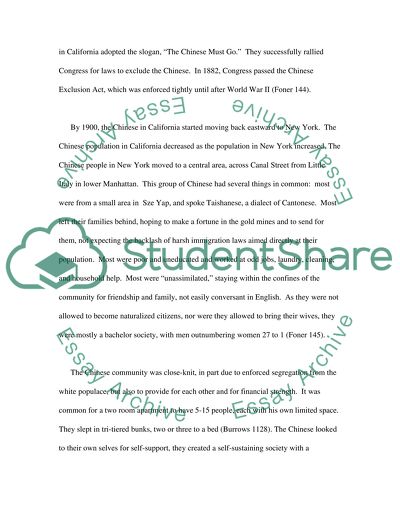Cite this document
(“Survival strategy for Chinese immigrants in New York Research Paper”, n.d.)
Retrieved from https://studentshare.org/history/1423631-survival-strategy-for-chinese-immigrants-in-new
Retrieved from https://studentshare.org/history/1423631-survival-strategy-for-chinese-immigrants-in-new
(Survival Strategy for Chinese Immigrants in New York Research Paper)
https://studentshare.org/history/1423631-survival-strategy-for-chinese-immigrants-in-new.
https://studentshare.org/history/1423631-survival-strategy-for-chinese-immigrants-in-new.
“Survival Strategy for Chinese Immigrants in New York Research Paper”, n.d. https://studentshare.org/history/1423631-survival-strategy-for-chinese-immigrants-in-new.


